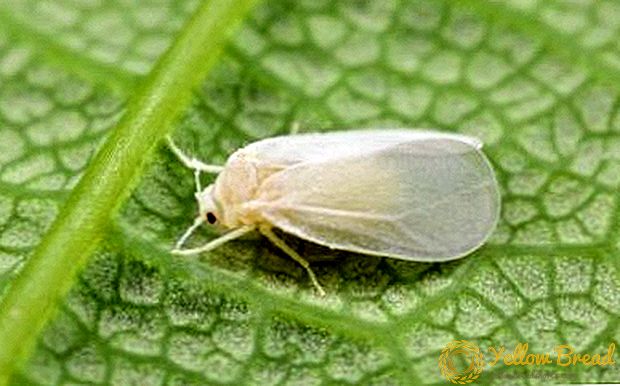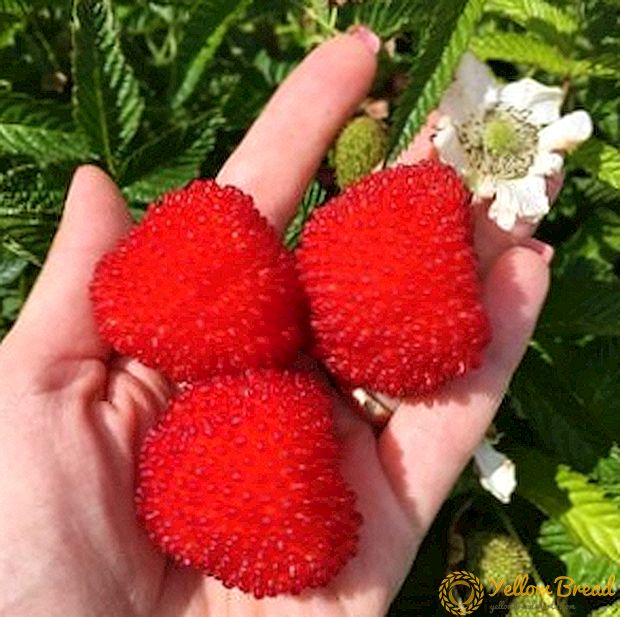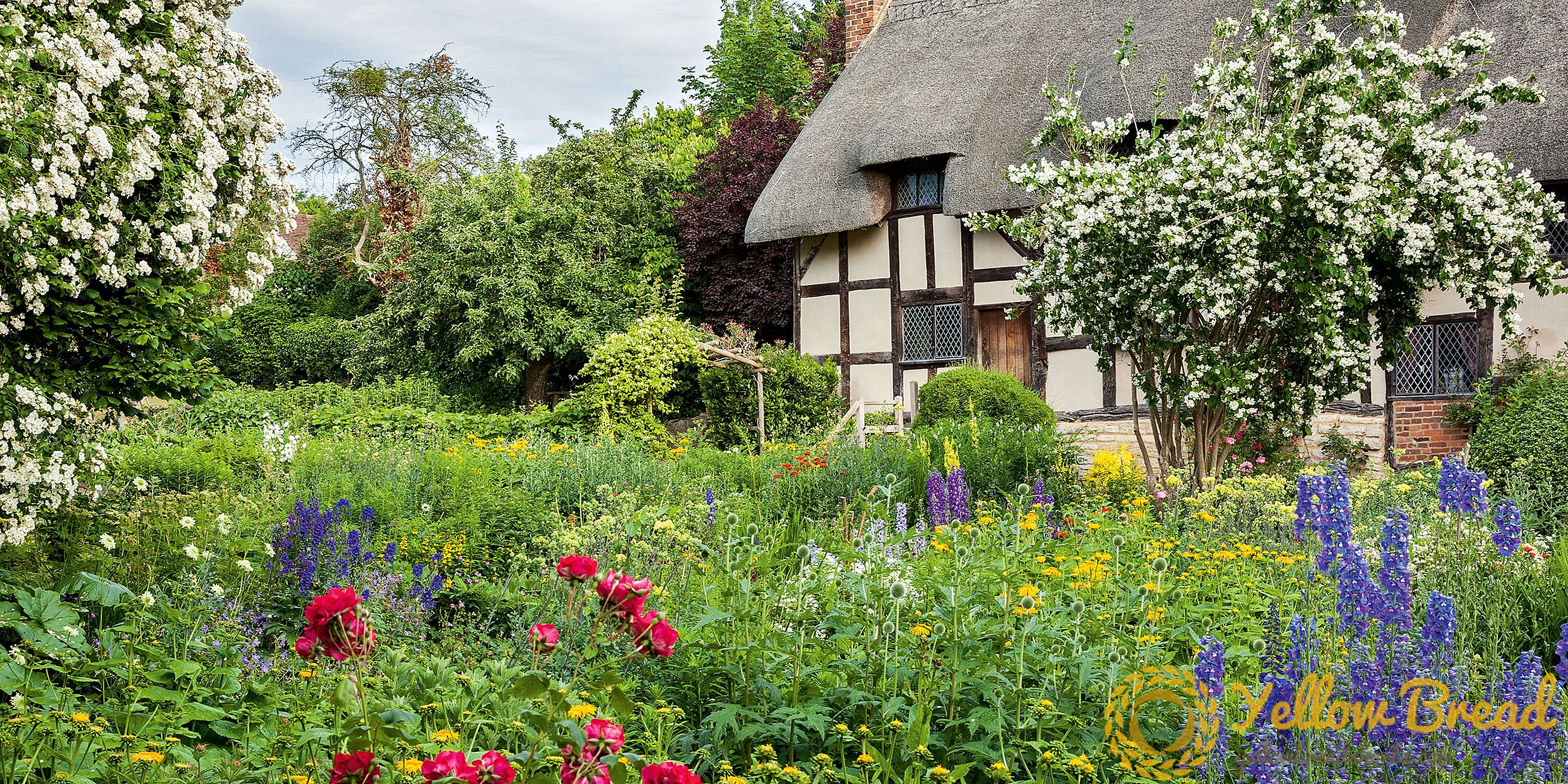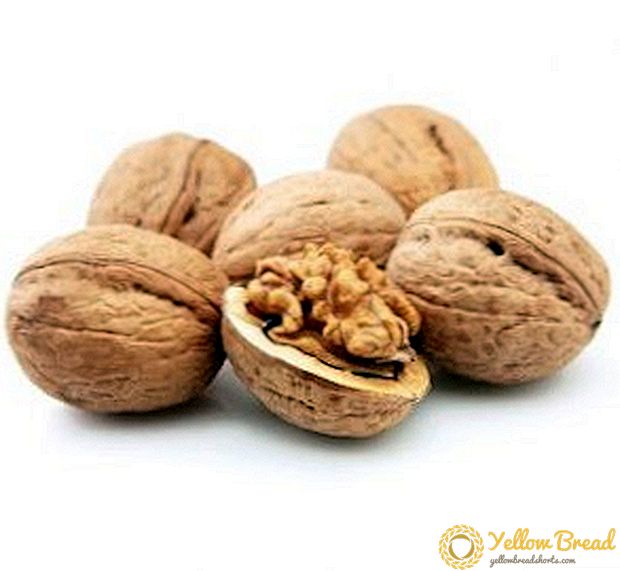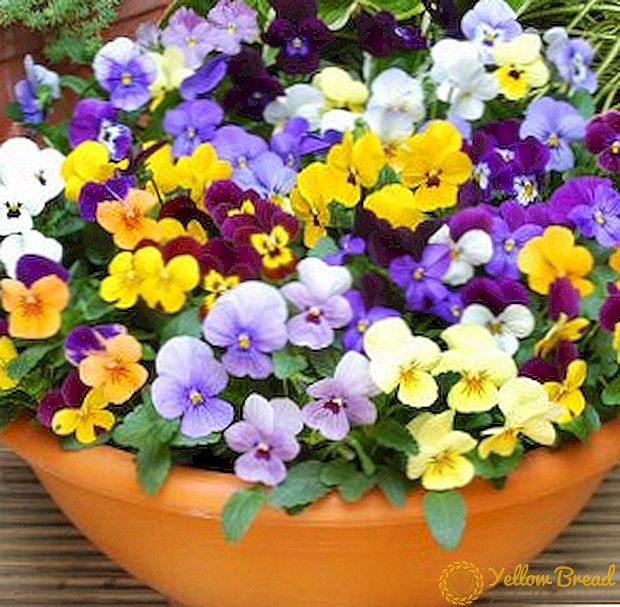 How beautiful the viola looks in flowerbeds. And the presence of many of its varieties makes pansies even more attractive to gardeners. Early flowering, elegant flower shape and a very delicate fragrance enchant everyone who meets this delicate flower. And what kind of viola can be grown and how to distinguish between them, we will tell in this article.
How beautiful the viola looks in flowerbeds. And the presence of many of its varieties makes pansies even more attractive to gardeners. Early flowering, elegant flower shape and a very delicate fragrance enchant everyone who meets this delicate flower. And what kind of viola can be grown and how to distinguish between them, we will tell in this article.
- Viola: description of the plant
- Viola Wittrock
- Viola monochrome
- Viola two-tone
- Viola tricolor
- Viola fragrant
- Spotted viola
- Viola horned
- Viola williams
Viola: description of the plant
Viola has a very general description, which varies depending on the species - a representative of the violet family. This is a herb in the shape of a bush. The stem is erect, rather high - up to 30 cm. The flower of this plant is similar in shape to violet and differs only in a spot of unique shape in the center. The color of the flower may be completely different. The plants are most appreciated for their long and early flowering, which begins with the first warm rays of the spring sun and continues until the autumn cold. It does not bloom in summer due to hot weather. Breeders have hundreds of viola varieties, each unique.
Pansies are represented by many varieties with interesting names, which, in turn, are divided into two groups: small-leaved and large-leaved. These plants do not cause any difficulties in the care. How varieties look and how to look after them, we will talk further.
Viola Wittrock
Vittrok Viola is a plant that can delight you in a flowerbed for a year, two or many years. It grows from 15 to 30 cm in height. The stem of the Vittroca is straight, and the root system is fibrous. The leaves depend on the variety: they can be collected in a rosette or placed on the stalk one by one. Leaves can be simple or pinnate. The flowers of Vittroca are rather large, they grow from the axils of the leaves on thin peduncles. The shape of the flower can be simple, terry, wavy or corrugated along the edges. The upper leaves are decorated with "nails", the bottom - with a spur. Flowers can be painted in one color, two and even more. 
This variety is unpretentious and develops well in both illuminated places and in partial shade. It prefers fertile soil. Typically, a Vittroke is grown as a summer plant, but if you decide to keep this variety for a few years, then you should know that it tolerates frost and cold well. Vegetatively propagated and seeds, which makes it possible to grow flowers pansies even for beginners.
Viola monochrome
Viola monochrome known in culture since 1753. The homeland of this plant is grass and moss-grass forests of Siberia and Mongolia, the tundra of the Far East. It is a perennial flower with short, vertical roots and a stem reaching 30 cm in height. The leaves are conditionally arranged on two levels: the basal leaf is wide, with "jagged" edges, the stem leaves are located in the upper part of the stem, their shape can vary from oval to heart-shaped, the tip is elongated, with large teeth on the edges. Viola blooms from May to late June. Flowers in this variety are yellow, with yellow corollas, up to 3 cm.
Viola two-tone
Viola two-color deserved its popularity due to its beautiful appearance and easy maintenance. It grows to a height of 30 cm, and the rim can be colored differently: colors can replace each other smoothly, and they can differ in contrast, rather aggressive transitions. A distinctive feature of a two-color violet is its finger color: each petal is marked with a large oval spot, which resembles a fingerprint and is unique on every single flower. 
Viola tricolor
Viola tricolor - an early flowering species, popular among flower growers. Its attractiveness lies in the fact that a plant can bloom depending on when it is planted. If you plant a viola tricolor at different times, you can save flowering for the entire season. This flower is represented by a low stem - 20-25 cm, the leaves are located near the root. The root system is fibrous, the rhizome grows at a depth of 15-20 cm. The flower consists of five petals of different colors: it can be plain colors or contrasting. The flowering of one flower lasts 6-8 days. 
This type is used to decorate flowerbeds, create inscriptions from flowers on a green background and bulk flower arrangements.Poorly shaded place, moderately wet soil - this is what is necessary for the tricolor viola to feel comfortably in your flower bed.
Viola fragrant
Fragrant Viola is a perennial herb that is common in the western part of Russia, in the Crimea and in the Caucasus. Viola fragrant grown since 1542. It is a perennial, 15-20 cm tall. The leaves of this plant are almost perfectly round. Flowers are located on the stalks and can be completely different colors: white, purple, red with a pinkish tinge. Viola fragrant is good to use in the design of mixborders, alpine slides. Reproduces vegetatively and seed way. 
In order for the viola fragrant to please you with a delicate aroma, you need to land it in a sunny, warm place where there are no cold winds and drafts.
Spotted viola
Viola spotted - representative of violet of the same height as other species. Representatives of this group differ from the others in characteristic spots on the petals. Most often, the flowers are painted in a rich red color and are located on a long and sturdy pedicel, and their size is slightly larger than that of other representatives of violet.This species is very easily recognizable, because the spots on the petals stand out sharply. The most common varieties of this species are the "eyes of the tiger", "shalom purim", "cassis".  Most of these varieties are endowed with a pleasant delicate aroma, however Fragrance of the plant will be only with proper care: well-lit place, timely feeding and wet soil.
Most of these varieties are endowed with a pleasant delicate aroma, however Fragrance of the plant will be only with proper care: well-lit place, timely feeding and wet soil.
Viola horned
Viola horned - "daughter" of the old woman of Europe. Known since 1776. The stem of the plant is straight, 20-25 cm tall. Leaves are saturated green in color, simple in shape and pointed. Flowers with spur, 4-5 cm in diameter. Horned tsvestiviola begins in late spring (second half of May) and continues until the first autumn cold. Its flowering ends the appearance of the fruit - a box of seeds.  This species is propagated in a vegetative or seed manner. At one place with quality care can live 4-5 years.
This species is propagated in a vegetative or seed manner. At one place with quality care can live 4-5 years.
- "Alba" (white color)
- "Arkwright Ruby" (ruby-red flowers, decorated with dark spots at the bottom of the petal)
- "Belmont Blu" (the name speaks for itself: blue)
- "Lilatsina" (lilac flowers)
- "Ash blowing" (dark pink)
- "Helen Mount" (blue with purple)
Viola williams
Viola Williams - a perennial plant, but most often grown as a two-year culture. It has the shape of a bush and grows in height up to 20 cm. If several plants are planted nearby, you can get a beautiful, lush carpet. The flowers are small - 3-4 cm in diameter and most often painted sky blue. The bush blooms profusely, both in spring and summer. In order to extend the period of flowering, faded flowers and shoots should be removed. And care is in timely watering (especially in hot weather) and in making fertilizer on time.  Due to its early flowering and diversity of species, the viola has been at the peak of its popularity for many years and has attracted the attention of breeders. Unpretentious in the care of the plant will be a real decoration of your balcony, flower beds and a beautiful addition to any flower arrangement.
Due to its early flowering and diversity of species, the viola has been at the peak of its popularity for many years and has attracted the attention of breeders. Unpretentious in the care of the plant will be a real decoration of your balcony, flower beds and a beautiful addition to any flower arrangement.

